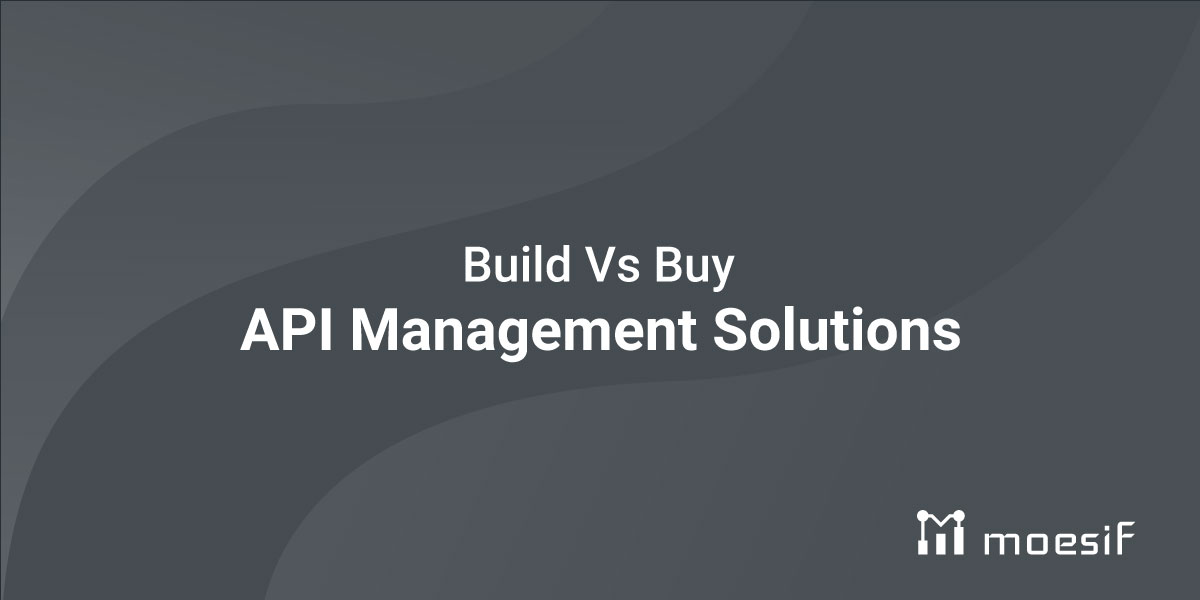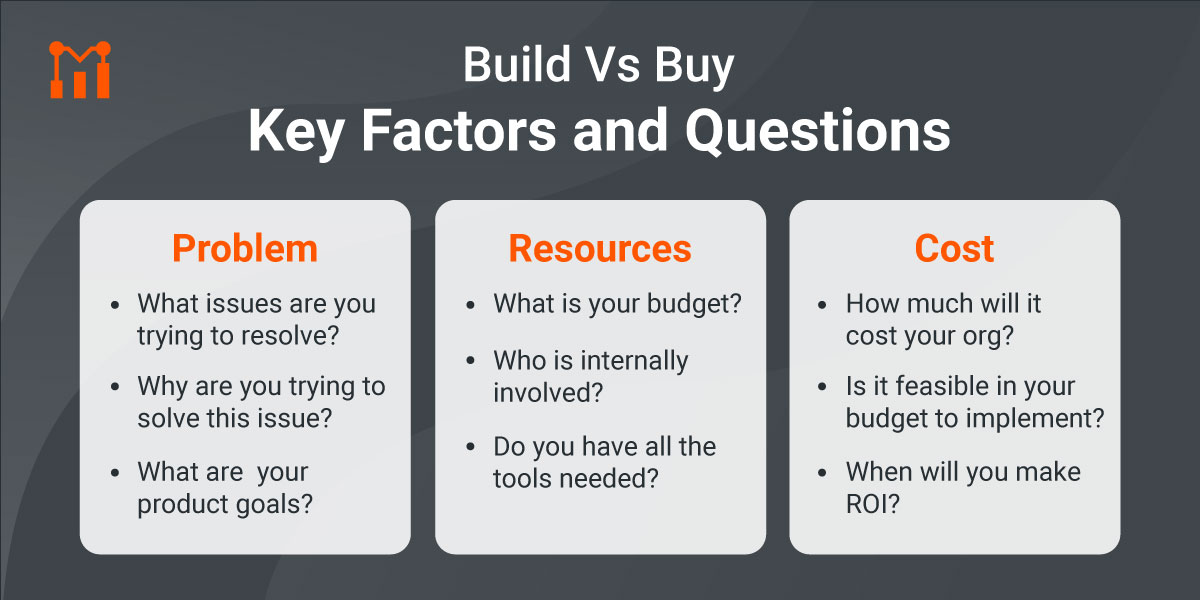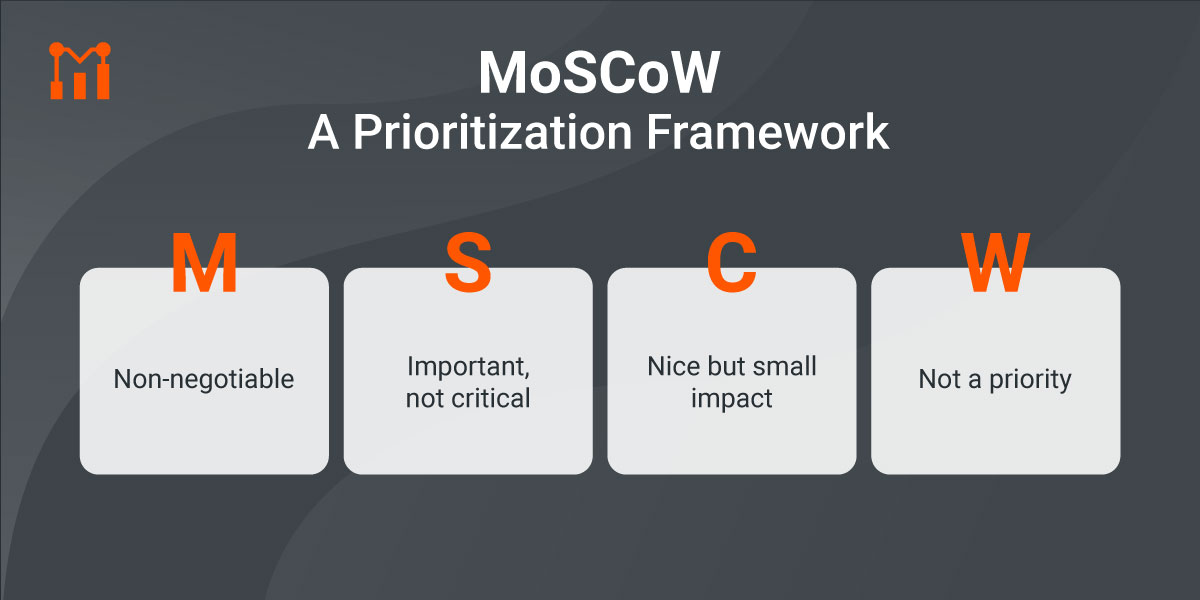Build Vs Buy: API Management Solutions

API-first startups must prioritize the development and utilization of their Application Programming Interfaces (APIs) as the foundation of their growth model. API-based organizations heavily rely on management and analytics to ensure the smooth functioning, monitoring, and optimization of their APIs. However, the decision to build or buy an API management tool becomes crucial as it directly impacts the SaaS provider’s resource allocation, time-to-market, and overall business strategy. Custom software, internal or external, can be the difference between a great GTM strategy and a straggling SaaS company.

Making informed decisions around your analytics stack is essential to optimize resources effectively, minimize SaaS development costs, and enhance business growth. By carefully evaluating available options, a software company can strike a balance between custom development and leveraging existing solutions, enabling efficient analytics while focusing on core business objectives. Remember, what is right for one company may not work for the other. The specifics of your API product will premise what the best choice of action is. When trying to decide on the solution to your API problem, consider what resources are needed.

Building An In-House API Management Solution
Advantages of an In-House API Management Solution
The “build” approach refers to the strategy adopted by startups in which development of their own API management and analytics program occurs internally. This process allows an organization to tailor their solution to their specific requirements. Building a custom software solution offers several advantages over buying software:
- Allows for true customization: Startups create features and functionalities that precisely align with their unique business needs, resulting in a highly personalized experience.
- An in-house build provides full control over the custom software development process, enabling smaller companies to make modifications as necessary.
- Complexity is no issue: When a solution is created for a complex product, the pain of fitting your API solution to a pre-built solution melts away.
- Scalability: By creating a solution designed for a specific product, accommodation of future growth and evolving demands can be built in as needed.
Disadvantages of an In-House API Management Solution
However, there are equally significant challenges associated with a “build” approach. Developing a custom solution requires significant investment in terms of time, resources, and expertise, which all translate to higher development costs. The time to market may also be increased if a startup focuses on building their analytics solution from scratch, as being underprepared for real-time use would result in a loss of data for analysis. Ongoing maintenance and updates also become the responsibility of an organization, demanding continuous effort and resources to ensure the solution remains up-to-date and secure:
- Requires time and resources: These directly come out of engineering hours spent working on building software that pads your bottom line.
- Costly: Because you are paying your employees to work, you will directly eat the cost of development, pushing back your actual product timeline financially.
- Additional maintenance costs: By taking on the burden of maintenance and product management, it is critical that both your API management choice and your product stay up and running.
Advantages of an External API Management Solution
The “buy” approach involves a startup purchasing a pre-existing API management or analytics solution from a third-party. Opting for a ready-made solution offers a cost-effective approach with a quicker implementation period than an in-house solution. Because the analytics solution is readily available, the prohibitive development costs associated with standing up a custom solution are eliminated. Similarly, buying or licensing a solution from an external vendor can provide access to functionalities that can further internal advancement in ways not originally anticipated, like in the case of API monetization. Discovering new use cases and improving your API product becomes easier with a robust API management platform, as does aligning your product and business goals. As always, the decision to buy software requires research into product feature capabilities and how a SaaS service can aid your own feature development.
- Quick results: Ideally the API management solution you decide to use can be integrated into your tech stack by an engineering team easily and quickly, allowing you to start generating ROI immediately.
- Try before you buy: Self-service friendly, most API analytics solutions offer some sort of trial to ensure it’s the right choice for your product.
- Minimal dev time required: Because the solution is pre-built, your team can focus on your product, not on building an internal tool.
- API-first: Kind of obvious, but an API-based product requires an API-first solution. This allows for specific use cases that are specialized to the problems you need to solve.
- External innovation: Because API management platforms need to also stay market savvy, they continuously improve their products and features. This means there is to grow for them, enabling more growth opportunities for you.
Disadvantages of an External API Management Solution
At the same time, there are potential drawbacks to outsourcing your analytics solution. Because they are developed elsewhere, API management programs from external developers have to fit multiple use cases. This means that customization options may be limited compared to an in-house, targeted solution. This can lead a company, especially startups, to adjust their internal processes to fit the capabilities of their sourced solution. This can slow down what is meant to be an expedited process, as well as lead to possible data gaps. Relying on an external vendor also creates a certain level of dependency, as API management and analytics are tied to a vendor’s services. This level of uncertainty can be unattractive, so a careful evaluation of a vendor’s capabilities, reputation, reliability, and viability are necessary.
- Time Intensive Decision Process: It can take time to evaluate existing solutions. If your use case is a common one, there are likely a large number of options available.
- Additional Features or Integration: A solution may not be a perfect fit. If there’s a mismatch, additional integrations or features may be needed. This can lead to higher time and cost spend than anticipated.
- Possible Outages: Working with an external vendor means higher chances of data gaps due to outages or issues that can be more difficult to triage than internal problems.
Factors to Consider in the Decision-making Process
Deciding between building and buying your API management solution starts with asking why you need the analytics in the first place. Why do you need new software? What is missing in your current processes or understanding of your data/users? Once you have an idea of “why”, you can lay out the necessary, pertinent goals. Having a baseline for what goals you want to achieve with an analytics solution will allow you to shape your search and usage strategy. For example, goals can include:
- API Governance: An API management solution can ensure access to your API is secure and controlled with authentication, authorization, and rate limiting.
- Scalability and performance: Take control around optimizing the performance and scalability of your APIs with load balancing, caching, and traffic management.
- Analytics and monitoring: Gain insights via analytics on API usage, such as the number of requests, response times, and error rates to identify usage patterns, detect issues, and make data-driven decisions for product optimizations.
- Monetization and billing: An API management solution can provide features for billing, usage tracking, and managing different pricing plans/tiers, as well as integrate directly with your preferred billing provider.
- Expand to New Markets/Verticals: Expand use cases for your API product with deep analytics into your current users, user behavior, and usage trends.
- Reduce Churn: Increase retention rates and improve overall customer satisfaction thanks to real-time insights, and accelerate onboarding with automated behavioral emails.
Once you have a clear understanding of what issues your API management strategy has and the goals that need fulfillment to solve them, it will become easier to decide on an internal or external solution. In either case, your use case will be more clearly defined, accelerating your development or procurement phase.
Finding the Right Balance: MoSCoW
Because the decision to build vs. buy your API management solution will directly impact your business, it’s critical that you make the most informed decision possible. One such way of doing this is to use the MoSCoW framework. The acronym translates to M (Must have), S (Should have), C (Could have), W (Won’t have). The MoSCoW consists of four main categories:

This framework can be useful for both building and buying. Regardless of your choice, the MoSCoW framework can help you to align your strategy and goals using prioritization:
- If evaluating third party software, the MoSCoW framework can be part of the evaluation process. It can help you to prioritize specific features that are necessary for your API product as well as to ignore features that add no value to your use.
- If building a custom solution, the MoSCoW framework can help guide what features are relevant as well as which do not need building.
In general, SaaS product development can be an expensive undertaking in terms of internal resources. To build applications that not only appeal to existing customers but can meet the business need of potential new developers, a SaaS business must focus on turning their existing solution into one with a stellar customer experience. Creating market demand and optimizing opportunity cost are made easier with an API oriented SaaS solution.
It is crucial for API-first organizations to conduct a thorough, honest assessment of the build vs buy costs associated with implementing an API management and analytics solution. Making an informed decision that aligns with your specific needs, available resources, and growth objectives is vital. With careful evaluation of the advantages and drawbacks of each approach, organizations can determine the most suitable path (build vs buy) forward. A well developed approach to API management sets the stage for long-term growth, enabling enhanced scalability, improved software developer experiences, and maintaining a competitive edge in the market.






